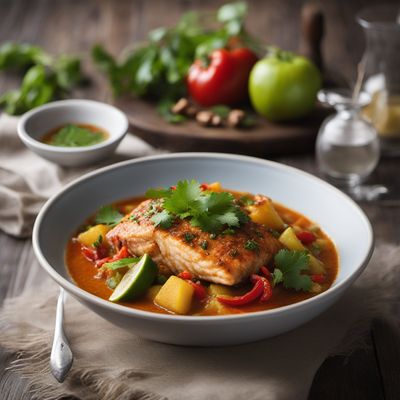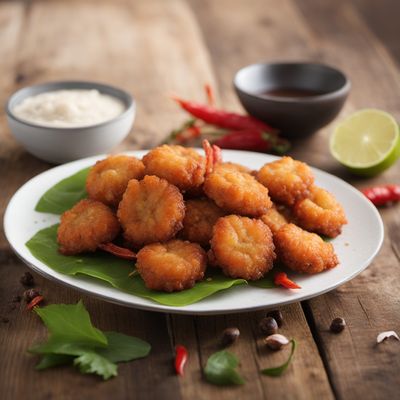
Ingredient
Starchy roots and tubers and primary derivatives thereof
The Root of Flavor: Starchy Roots and Tubers
Starchy roots and tubers are characterized by their high starch content, which gives them a creamy texture when cooked. They come in various shapes, sizes, and colors, and can be boiled, roasted, mashed, or fried to create a wide range of dishes.
Origins and history
Starchy roots and tubers have been cultivated for thousands of years and have played a vital role in the diets of different cultures. Potatoes, for example, originated in South America and were introduced to Europe in the 16th century, revolutionizing the culinary landscape.
Nutritional information
Starchy roots and tubers are rich in carbohydrates, dietary fiber, and essential vitamins and minerals. They are also a good source of energy and can be a healthy addition to a balanced diet when prepared without excessive fats or oils.
Allergens
May vary depending on the specific root or tuber.
How to select
When selecting starchy roots and tubers, choose ones that are firm, free from blemishes, and have smooth skin. Avoid any signs of sprouting, mold, or soft spots, as these may indicate spoilage.
Storage recommendations
To prolong their shelf life, store starchy roots and tubers in a cool, dark place with good ventilation. Avoid storing them near onions or garlic, as they can cause spoilage. Potatoes should be stored in a paper bag or a perforated plastic bag to prevent them from sprouting.
How to produce
Starchy roots and tubers can be grown in home gardens by planting the appropriate varieties in well-drained soil. They require regular watering and can be harvested when the foliage starts to die back.
Preparation tips
Starchy roots and tubers can be prepared in numerous ways, including boiling, roasting, mashing, frying, or baking. They can be used as a base for soups, stews, and casseroles, or enjoyed on their own as a side dish or main course.
Culinary uses
Starchy roots and tubers are incredibly versatile and can be used in a wide range of dishes, including mashed potatoes, roasted sweet potatoes, cassava fries, and yam soups. They are a staple ingredient in cuisines from around the world, including African, Asian, and Latin American cuisines.
Availability
Starchy roots and tubers are cultivated and consumed in various regions worldwide, including Africa, Asia, Europe, and the Americas.
More ingredients from this category
Recipes using Starchy roots and tubers and primary derivatives thereof » Browse all

Ugandan-style Fried Rice
Savory Ugandan Fried Rice Delight

Melanesian Coconut Fish Stew
Tropical Delight: Melanesian Coconut Fish Stew

Vanuatu-style Coconut Rice Noodles
Tropical Coconut Delight: Vanuatu's Twist on Rice Noodles

Korean Silkworm Larvae Stir-Fry
Savory Delight: Korean Silkworm Larvae Stir-Fry

Beeshee with a New Jersey Twist
Jersey-Style Beeshee: A Fusion of Kazakh and New Jersey Flavors

Hawaiian Tovchanka Poke Bowl
Tropical Delight: Hawaiian Tovchanka Poke Bowl

Burmese Coconut Chicken Curry
Creamy Delight: Burmese Coconut Chicken Curry

Satay Bee Hoon with Peanut Sauce
Savory Satay Bee Hoon: A Taste of Singaporean Delight

Grillades and Grits with Creole Sauce
Savory Southern Delight: Grillades and Grits with a Spicy Creole Twist

Classic American Onion Burger
Savory Onion Delight: The Ultimate American Burger

Yaki Karē with Crispy Chicken and Vegetables
Golden Crispy Delight: Yaki Karē with a Twist

Crispy Shrimp Fritters
Golden Delights: Crispy Shrimp Fritters with a Filipino Twist
